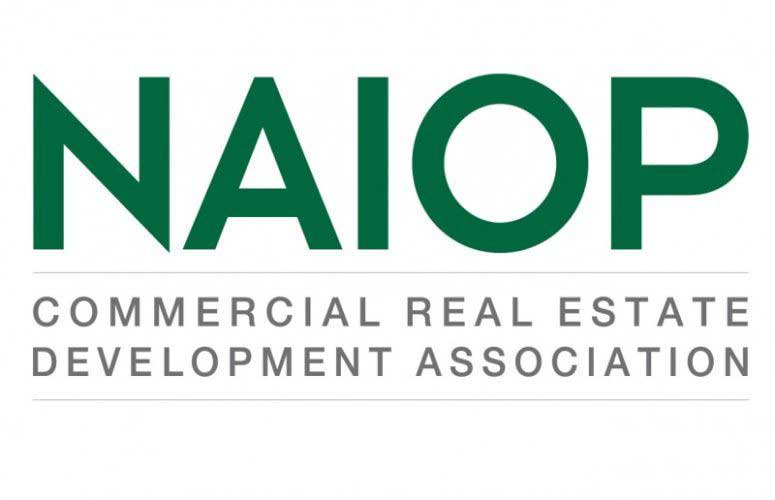

Companies that are seeking top-tier, or Class A, office space are now leading a stabilization of the commercial office real estate market after the shock of the pandemic, according to the newest NAIOP Office Space Demand Forecast, published by the NAIOP Research Foundation.
While office vacancy rates continued to climb for the 10th straight quarter, the completion of new buildings may be part of the reason. NAIOP is projecting that absorption of that space will continue to be positive.
Class A buildings are driving net absorption rates in many parts of the country, such as the Sun Belt, and firms consider quality office space necessary to attract skilled employees. Suburban markets and life sciences hubs are recovering better than the national average as more employers embrace a return to the office and the pandemic eases. According to Kastle Systems data on office utilization, office occupancy across the 10 U.S. cities that the company tracks reached 43.4% on April 27, a new record since the pandemic began.
The report states
The report’s overall projection: net office space absorption in the remaining three quarters of 2022 is forecast to be 46.9 million square feet, essentially unchanged from the previous forecast for these quarters (46.6 million square feet). Total net absorption in 2023 is forecast to be 47.3 million square feet, with an additional 6.5 million square feet absorbed in the first quarter of 2024.
The report also found that leasing activity is up year over year, which signals that firms are more comfortable making longer-term commitments to office space. Property owners have been willing to offer greater tenant improvements to encourage signing, indicating that tenants still have the upper hand in lease negotiations. These signals indicate a move toward a more stable equilibrium as the office market finds its balance.
We are fortunately seeing that even as the work week gets reshuffled, and fewer employees are in the office at one time, companies still seek spaces for collaboration and for all employees to be at the office at least part of the week. This obviously bodes well for the office sector and for the overall commercial real estate industry.
Thomas J. Bisacquino, president and CEO of NAIOP
